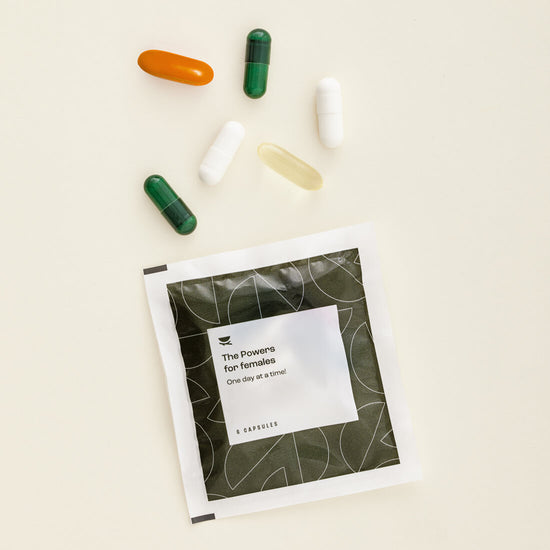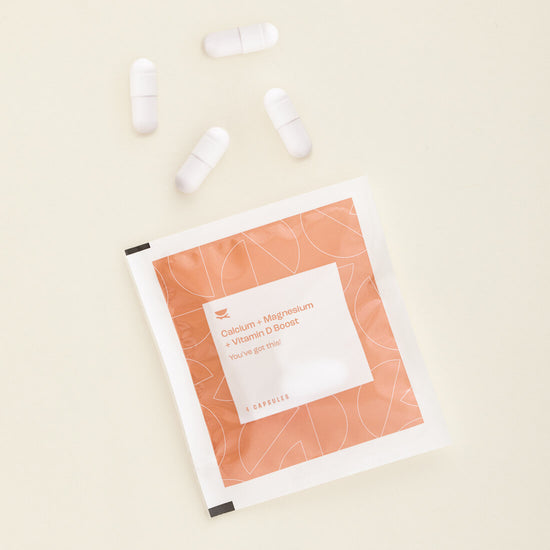Because we get it straight from the sun, you’d think that Vitamin D deficiency would be pretty rare. But surprisingly, studies show that 70 to 97 percent of Canadians have insufficient levels of “the sunshine vitamin,” and U.S. research says about three-quarters of adults and adolescents are affected.
Blame it on northern latitudes, where we simply don’t catch enough rays to meet our needs for the essential vitamin. Age and race have shown to play a role as well.
The benefits of Vitamin D include immune-system support, strengthened bones and teeth, and inflammation control, and it plays an even bigger role during pregnancy. But a recent study found that 49 percent of newborns and 60 percent of mothers were significantly Vitamin D deficient. Here, we break down what that means—and how to fix it.
What happens if Vitamin D is low during pregnancy?
In pregnancy, Vitamin D is crucial for proper development of the fetal bones and skeletal system, immune system, respiratory system and cardiac tissue. Vitamin D can also help reduce major pregnancy complications. For example, researchers saw a significant drop in rates of gestational diabetes, high blood pressure and pre-eclampsia in people who routinely supplemented Vitamin D during pregnancy. These women also reduced their risk of preterm births and had fewer infections, including colds, flus, vaginal and gum infections.
And there were benefits for the babies too, with lower rates of asthma and type 1 diabetes, and less predisposition to allergies.
What low Vitamin D symptoms should you look out for?
Unfortunately, the symptoms of Vitamin D deficiency aren’t super easy to spot. You might feel fatigued, while others may experience frequent colds and flus. Low Vitamin D can also affect moods—it’s often associated with anxiety and depression (think: the winter blues). You could also feel joint pains or muscle aches. Salmon, red meat and egg yolks all have Vitamin D precursors, but you’ll need to get enough sunlight to activate them into a usable form. An easy fix for low Vitamin D intake during pregnancy is to stick to a supplement year round—that way, you’ll know you’re getting an active form your body can easily put to work.
Will any Vitamin D supplementation work?
There are two popular forms of Vitamin D supplements, but D3 is our go-to because it’s an active form that has shown to be better at maintaining blood levels over time than D2.
D2 is typically plant-based while D3 tends to be animal-based, but our Bird&Be D3 is from a vegan source so that anyone can add the essential vitamin to their diet worry-free.
How much Vitamin D should you take during pregnancy?
Typically, 600 to 2,000 IU of Vitamin D per day is recommended for pregnancy, but individual needs can vary based on your location, skin colour and exposure to sunlight.
Can too much Vitamin D be harmful in pregnancy?
Up to 4,000 IU is considered safe and you’ll want to make sure to stick within that limit because Vitamin D is fat soluble. Unlike water-soluble vitamins that you just pee out (for example, Vitamin C), fat-soluble ones can accumulate and have negative effects when you go overboard.
You can get your daily dose from a good-quality prenatal vitamin (Bird&Be’s The Essentials for Females and The Powers for Females both offer 1,000 IU of vitamin D3 per day), and by adding The Calcium + Magnesium + Vitamin D Boost during pregnancy (which has 1,000 IU of Vitamin D3, alongside other pregnancy-essential minerals Calcium and Magnesium) you get the doc-recommended dose of 2,000 IU per day.









